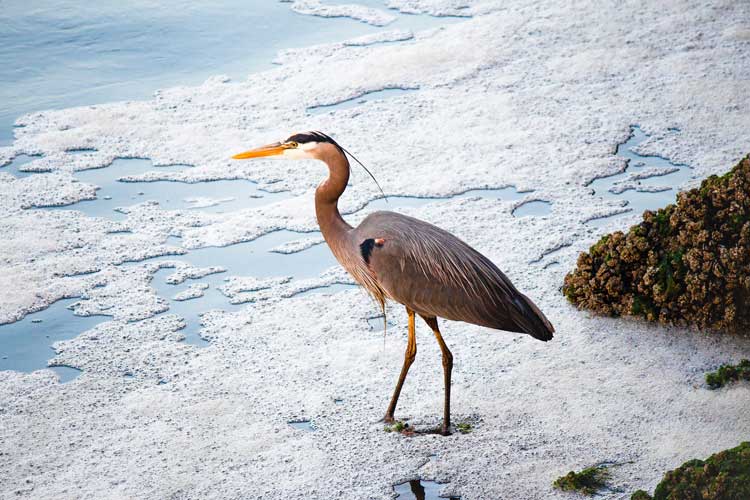The Chesapeake Bay dead zone could be the largest in decades
Ecologists from the University of Maryland have predicted that the dead zone in the Chesapeake Bay this year could extend 2.1 cubic miles, making it one of the largest dead zones in 20 years. A dead zone is an area of water with little or no oxygen. Scientists worry that if the Chesapeake Bay dead zone is as large as they predict it could impact animals that live in the bay and have a negative effect on the seafood industry.
Dead zones are caused by excess nutrient pollution from agriculture and wastewater runoff. The extra nutrients cause algae to grow. When the algae sinks and decomposes it creates low oxygen levels. This year’s dead zone is expected to be large because of the high levels of rainfall the bay has seen since last fall.








